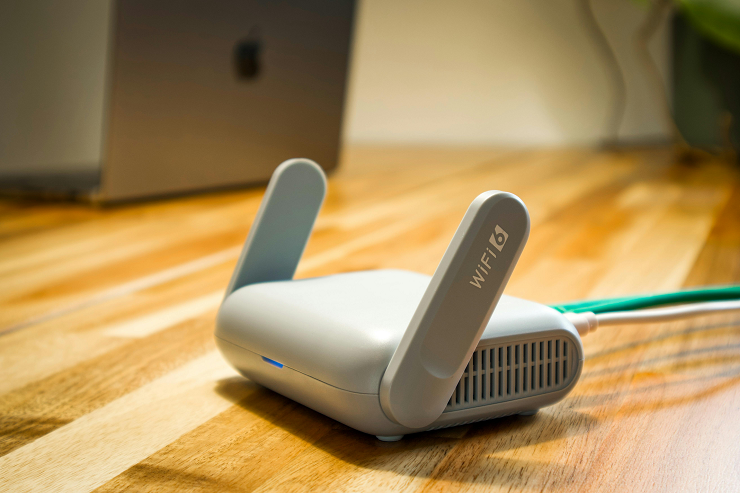

We’ve all been there. You’re on a work call or casual one with a friend across the sea, maybe you’ve got people over and you’re streaming a show in 4K, or maybe you’re trying to do some 8 Gaming only to watch your WiFi drop without any warning. Frustrating? Yes. Fixable? Also yes.
A Wi-Fi setup needs to be reliable and strong. It is a must-have in today’s day and age, especially considering our places are filled with smart home devices, remote work setups, and high-bandwidth activities. If your Wi-Fi keeps dropping, chances are something in your setup isn’t quite right.
Here’s your go-to checklist to make sure you’re getting the best possible connection in every room of your home.
First things first, check where your router is located. If it’s tucked away somewhere, you’re going to lose signal strength. It should the placed somewhere in the center, in an open location, higher up, displayed like a trophy. Oh, and also, keep it away from metal objects, thick walls and microwaves as they hamper the signal’s ability to travel.

And don’t forget: routers aren’t permanent fixtures. If your layout changes, revisit this step.
Pro Tip: If Wi-Fi keeps dropping in certain rooms, try moving the router before buying anything new.
Still using the router your internet provider gave you five years ago? That’s outdated tech, and probably even outdated five years ago. Smart home devices of 2025 need stable connections, a strong one, across the board. On top of that, now with more people working and streaming from home, the demand has grown even further.
If you’re wondering about WiFi 7 vs WiFi 6, here is a quick rundown of it.

If you live in a large house with an upstairs, backyard, a mesh system is going to be your friend. They use multiple access points to create one large network. You walk from room to room, and your device connects to the strongest point automatically.
This is a game-changer for bigger homes or homes with tricky layouts.
Popular options include:
If you’ve been Googling home Wi-Fi help and trying everything else, a mesh upgrade could be the fix you need.
Every smart bulb, thermostat, speaker, and camera counts. A typical home router now serves 25 devices, sometimes even more. Cheap routers simply cannot keep up with this demand. So, you need better hardware and bandwidth management to avoid overload.
It isn’t just the WiFi at fault, sometimes its your devices. If you’re using devices, like laptops or phones, with outdated Wi-Fi chips and expecting speeds boasted by the latest routers, you’re not going to get it.
Older devices (pre-2017) may not support WiFi 6 or even 5 GHz bands. That means they won’t benefit from your shiny new mesh system. Check your devices and update where it makes sense. Especially if your work or entertainment relies on a stable connection.

Believe it or not, routers are like cars. They need to be looked like everything now and then so run regular speed tests whenever you can. Move from room to room and track areas of drop off. Spot patterns and see if you can point to factors that cause interference or congestion.
Apps like NetSpot or WiFi Analyzer can help you map signal strength and identify dead zones.
Getting strong, consistent WiFi across your home is aboslutely possible and something that should be normalized in 2025. It can be achieved once you’ve got the right gear, smart placement, and a little bit of maintenance. As your home becomes more connected, your network has to keep up.
If you’re unsure about how to go about all of this, don’t hesitate to look for home Wi-Fi help from professionals. A few expert tweaks can save you hours of frustration.

I’m a Nerd and very proud of it! I love to write about anything Tech related. Subscribe to our blog for helpful tips, tricks & news.




